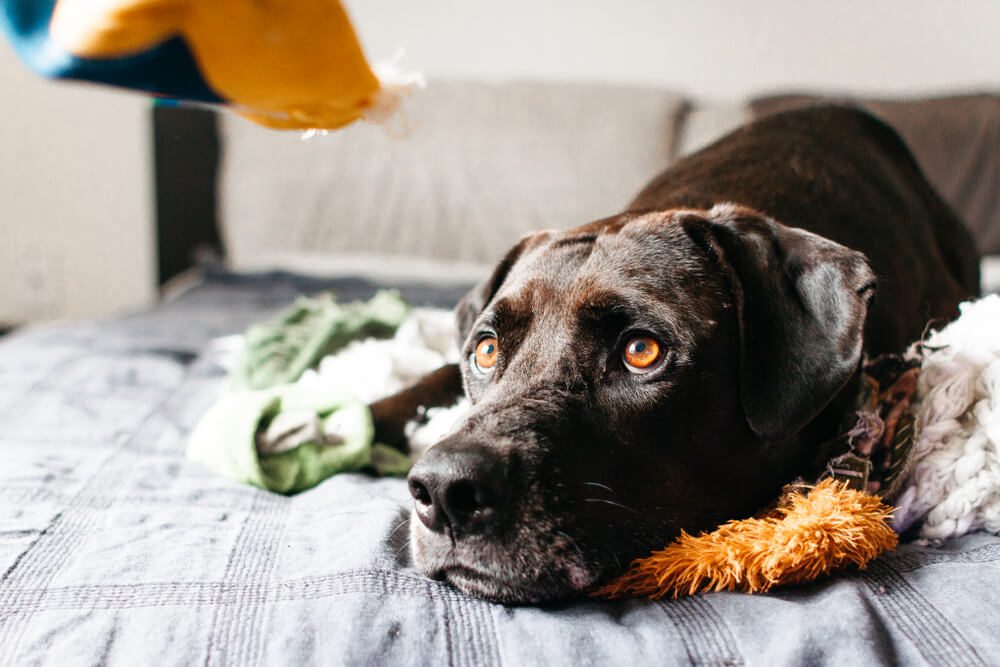Cat Limping: How to Help Your Furry Feline
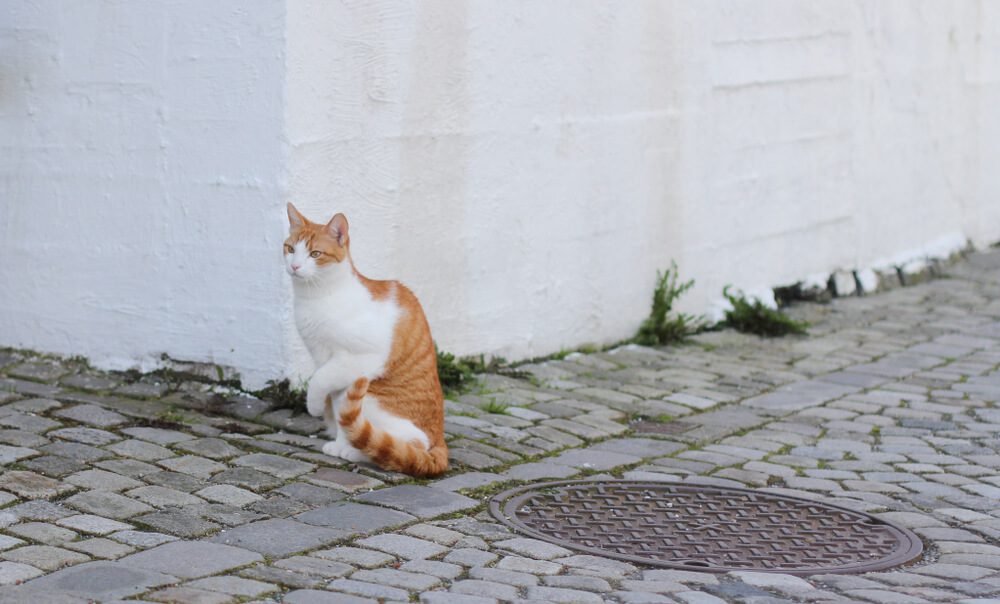
Table of Contents
Cat limping is one of the most excruciating things to see your little kitty go through which may have been caused by an injury or a severe medical condition present in the nerves, muscles, skin, or bone.
With dozens of reasons why, it is difficult to identify the cause of your cat limping. To avoid worsening their current situation, bring your cat to the vet immediately and refrain giving them any kind of medication without the advise of a professional veterinarian.
Signs of Limping In Cats
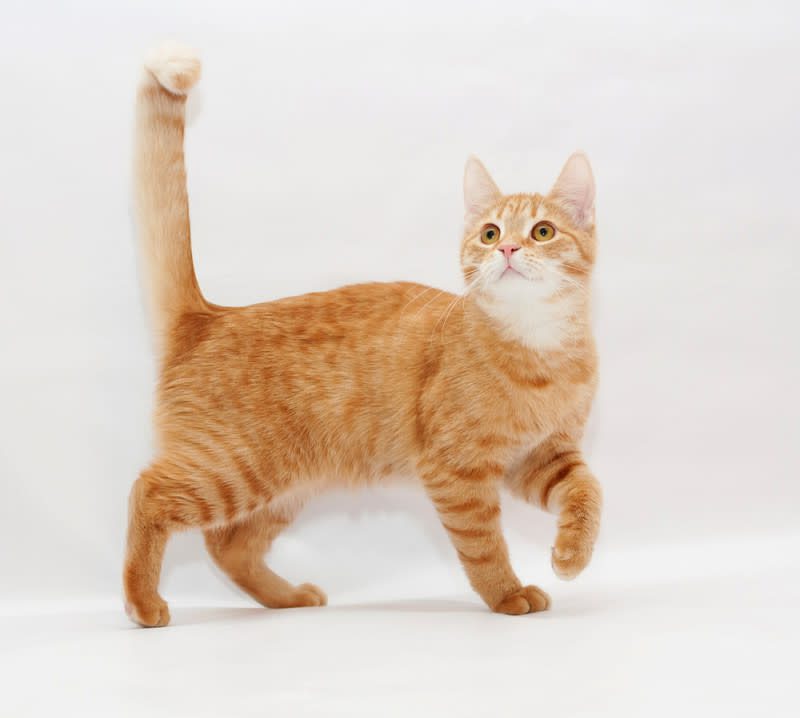
You wouldn’t expect your cat to tell you about their feeling of discomfort. Regal felines are above that. That is why it isn’t easy for owners to understand why their cat is limping. Owners might not even notice that their cat is limping at all. To help you out, we have outlined signs that your cat may be limping and in pain.
Over-grooming
In specific bodily areas of your cat, over-grooming can often be a sign of pain as they try to soothe themselves.
Strained or Slowed Mobility
If your cat is in pain and is being reluctant on jumping or does not jump at all, that’s may be an indicator that your cat is having issues with its legs. A good example would be if they avoid climbing a flight of stairs.
Ongoing Lethargy
If your cat doesn’t seem to give out any energy at all, and you may find them lazy for a few days, get your cat checked out by the vet as there may be a reason why they don’t feel their best.
Restless Sleep
Cats are usually master nappers, so if you notice your cat struggling to sleep or not being able to at all, then it could be possible that your cat has a painful limp.
Toilet Accidents
A toilet accident is when your cat struggles to poop inside the box or doesn’t reach the box at all. You must keep an eye on this as it may be a result of limping.
Crying, Moaning, Howling, and Growling
A strong reaction to pain is an evident symptom that your feline may be struggling with limping and is an indicator for you to do something about it and bring them to a veterinarian.
Inflame Legs and Joints
This may be hard to identify especially for cats with big fluffy fur but limping can be evident in this situation because inflamed legs and joints can be quite painful for your cat. You may also notice that their leg is lying in a weird angle.
Sudden Onset vs. Gradual Limping
Cats are not as active as their rival, the dog. Hence, this makes it challenging to tell if your cat’s limping is gradual or sudden. However, if you pay close attention to your cat’s behavior and symptoms, you will be be able to tell if your cat is suddenly limping or if the limping occurs and gets worse over time.
A sudden limp occurs in cats when they experience limb injury or trauma. Some signs of trauma you should keep a lookout for are bleeding, a break in the skin, painful reaction, when your cat is lying in an awkward position, sudden swelling, or a visible bone fracture. If it’s a superficial injury such as wounds, this may be easily treated, and if the injuries are more severe, then bring your cat to the vet and get them treated.
Gradual limping will take time to get noticed as it only becomes evident after a period of time and is the result of a chronic condition. Signs that your cat may be suffering from gradual limping are hesitating to jump or avoiding it altogether, or a slow decline in their movement. If your cat has a chronic condition, then it would be best to avoid any home remedies and go straight to the vet to get them treated.
Common Causes Cat Limping
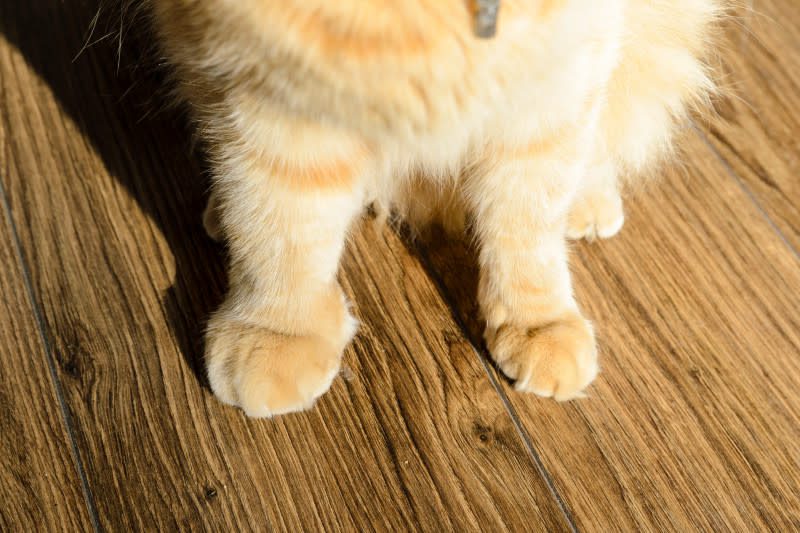
There are different reasons why your cat is limping. Mentioned below are some common causes that might be affecting your kitty’s gracious glide:
1. Superficial Injury
Accidents and Trauma
Road accidents and injuries are unfortunate incidents that your cat could be a part of. These may lead to broken bones, lacerations, and open wounds which are all quite painful and may cause your cat to have a hard time walking, hence the limping to avoid putting pressure on the affected leg.
Subluxation or Joint Dislocation
Hip Subluxation in cats is very common. It is the separation between bones that form the cat’s joint which may be caused by a fall or an accident and an evident sign of subluxation is limping.
Pododermatitis (Allergy On a Cat’s Paw Pad)
Cats can get an allergic reaction on their paw pads through insect stings after a frolic in the garden. If you notice your cat limping, check for swollen paw pads and if your cat reacts to touch as a sign of pain. You can try applying a natural solution by diluting apple cider into vinegar. This solution helps with the inflammation and reduces infection. You can also apply some antihistamine. However, natural solutions are always the best.
Sprains, Dislocations, or Tears after Activity
Sprains are also one of the cause soft limping This can be relieved by restricting your cat’s movements and use an ice pack on the affected area for 15 minutes. Make sure that the condition improves over a span of two weeks. If not, it is still best to take your cat to the vet for proper treatment and pain management.
Nail or Claw Injury
Your cat may also experience pain due to a broken nail or ingrown claw which results to limping.
A Burr or Thorn Stuck in the Foot
If this is the case, then you must examine your cat’s paws for any objects that may have gotten stuck. Upon removing the foreign object, you may apply a topical antibiotic balm to relieve the pain and treat the affected area. You can also add this to your kitty’s first aid kit.
Leg Abscess
It is a pool of pus in a wound located on the leg caused by being punctured or scratched by other cats. This is mostly painful which will result to limping to avoid putting pressure on the affected area. If left untreated, the infection will worsen making it more painful.
2. Chronic Conditions or Diseases
This is a condition where your cat has a large blood clot, commonly caused by a heart disease. The clot sometimes gets trapped in an area that will affect both back legs. This will cause pain and may result to admitting your cat into emergency care.
Arthritis
Arthritis is a joint disease common in older cats and causes pain and inflammation in the joints.
Feline CaliciVirus (FCV) Infection
This is a contagious virus that causes upper respiratory tract infection. Joint inflammation and limping syndrome are the two common symptoms.
Cocidoidomycosis
Signs of cocidoidomycosis include fever, lack of appetite, coughing, fever, and of course join pain. This disease causes limping and lameness in cats. If left untreated, your cat may develop seizures and blindness.
Lumbosacral Stenosis
It is a spinal condition more common in dogs than in cats. There is a lot of nerve pressure on the spine that leads to lameness, affecting your pet’s ability to walk.
Hip Dysplasia
Hip dysplasia or also called subluxation, is an orthopedic disorder mainly affecting your cat’s hip joint caused by a misaligned ball and socket.
Diagnosing the Cause of Limping
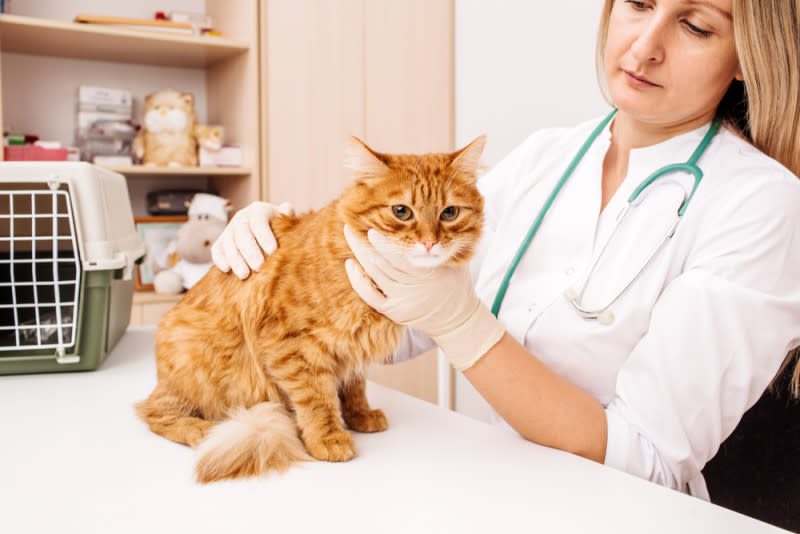
Your cat’s vet will diagnose the cause of limping in your kitty by first carrying out a thorough examination and taking a full health history from the pet owner. During examination, the vet will check to see which areas are the most painful and will also check for any joint or bone abnormalities.
Your cat may have to go through an X-ray or blood test for further diagnosis. When your vet has ruled out the cause of your cat’s limping, he or she will then start to create a treatment plan.
When is Limping an Emergency?
When to see the vet
Limping in cats becomes an emergency if your cat has experienced any type of accident causing injuries, or if your cat has any chronic illness. This calls for taking your cat to the vet or emergency care. Take your cat to the vet immediately before their symptoms get worse.
How to Move an Injured Cat
To move your cate safely to the vet or emergency care, place them very carefully in a pet carrier while supporting their hips and head. Make your kitty lie down while placing the injured leg up. Make sure to be extra cautious while doing all of this as wrong movement may worsen the cat’s situation.
Holistic Care Options for a Limping Cat
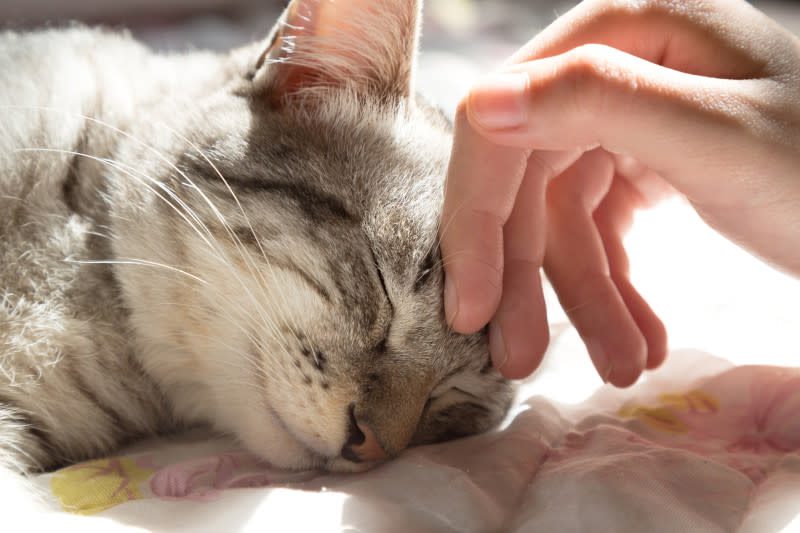
Mentioned below are a few holistic care options for a liming cat, but these are suitable for all causes of limping. These treatment plans may not be suitable for a dog injury as its best to take them to the vet.
First Aid Care
First aid care is the first form of care for a limping cat caused by an injury. Your goal is to clean the wounded area and apply a cold compress to lessen the swelling. If in case of something intense like deep wounds, then you should take your cat to the veterinarian immediately for better treatment of the wounded area.
CBD
CBD is one of the most holistic treatments for cat limping which supports and promotes good long-term health. As mentioned earlier, some of the main causes of cat limping is arthritis and CBD may support connective tissue heat. Arthritis increases inflammation in the bones causing more pain in cats which causes limping.
According to studies, CBD products have been found to reduce inflammation either chronic or acute. It helps ease the pain caused by inflammation.
According to many successful reviews from pet parents, CBD promotes relaxation in pets, and CBD oil for cats is extremely easy to use. You never know, your kitty might actually fall in love with it.
Physical therapy or also known as physical rehabilitation includes various ways of improving your cat’s mobility, comfort, agility, as well as relieving their physical pain.
For a successful rehabilitation for cats, you must have a clear and thorough understanding of their behavior as how they react differs from dogs.
CBD for Cat Limping
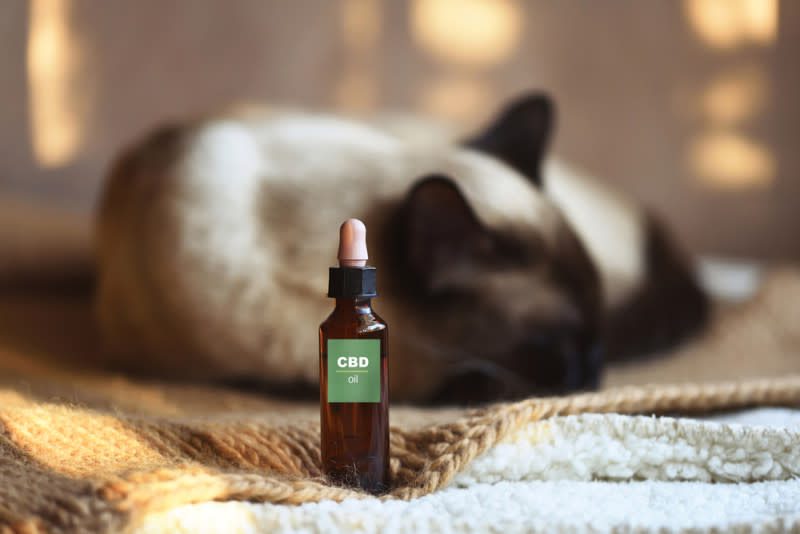
As mentioned earlier, CBD is a very holistic treatment plan for cat limping as this product is something that promotes relaxation for cats in pain and relief with occasional discomfort.
According to many studies, CBD can help diminish or reduce neuropathic and physical pain. Hence, if your kitty suffers from limping, CBD may improve the quality of their life and reduce chronic pain. Arthritis is one of the main triggers of joint issues, which also leads to limping in cats.
The Endocannabinoid system present in your cat has a lot to do with the possible effectiveness of CBD when it comes to relieving pain and limping. Studies suggest that CBD stimulate the cannabinoid receptors that trigger the body’s natural anti-inflammatory responses. There are different CBD products you can try out, as these come in different forms. You can check out some CBD oil cat treats that may help maintain your cat’s optimal health.
Our Final Thoughts
Seeing your kitty cat limping and in pain is definitely one of the toughest situations for a cat owner. As a responsible kitty owner you must immediately respond to your cat’s reaction by identifying what the cause is, and then take them to a veterinarian.
With the help of this article you are now hopefully more prepared for a situation like this. For the best CBD pet products and other treats for pets, check out Honest Paws.
Frequently Asked Questions
Why is My Cat limping all of a Sudden?
Cat limping is caused by an injury or a severe medical condition present in the nerves, muscles, skin, or bone.
What Should I do if My Cat is Limping?
The first thing you should do is identify the cause, and if it’s serous, you must take them to a veterinarian.
Can a Limping Cat Heal Itself?
If the injury is not intense, and is treatable with first aid, then yes your cat’s limping can heal on its own.
How Long Does it Take For a Cat to Stop Limping?
It should take them less than 24 hours for them to stop, limping. However, if this is not the case then it is a sign of an intense injury or sickness.


